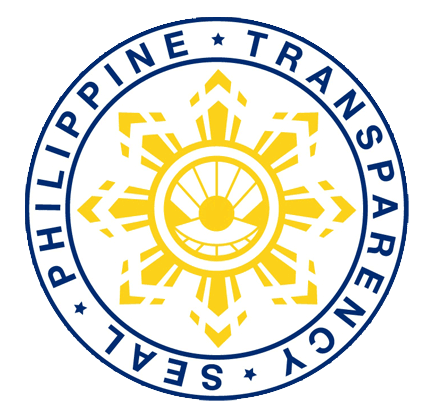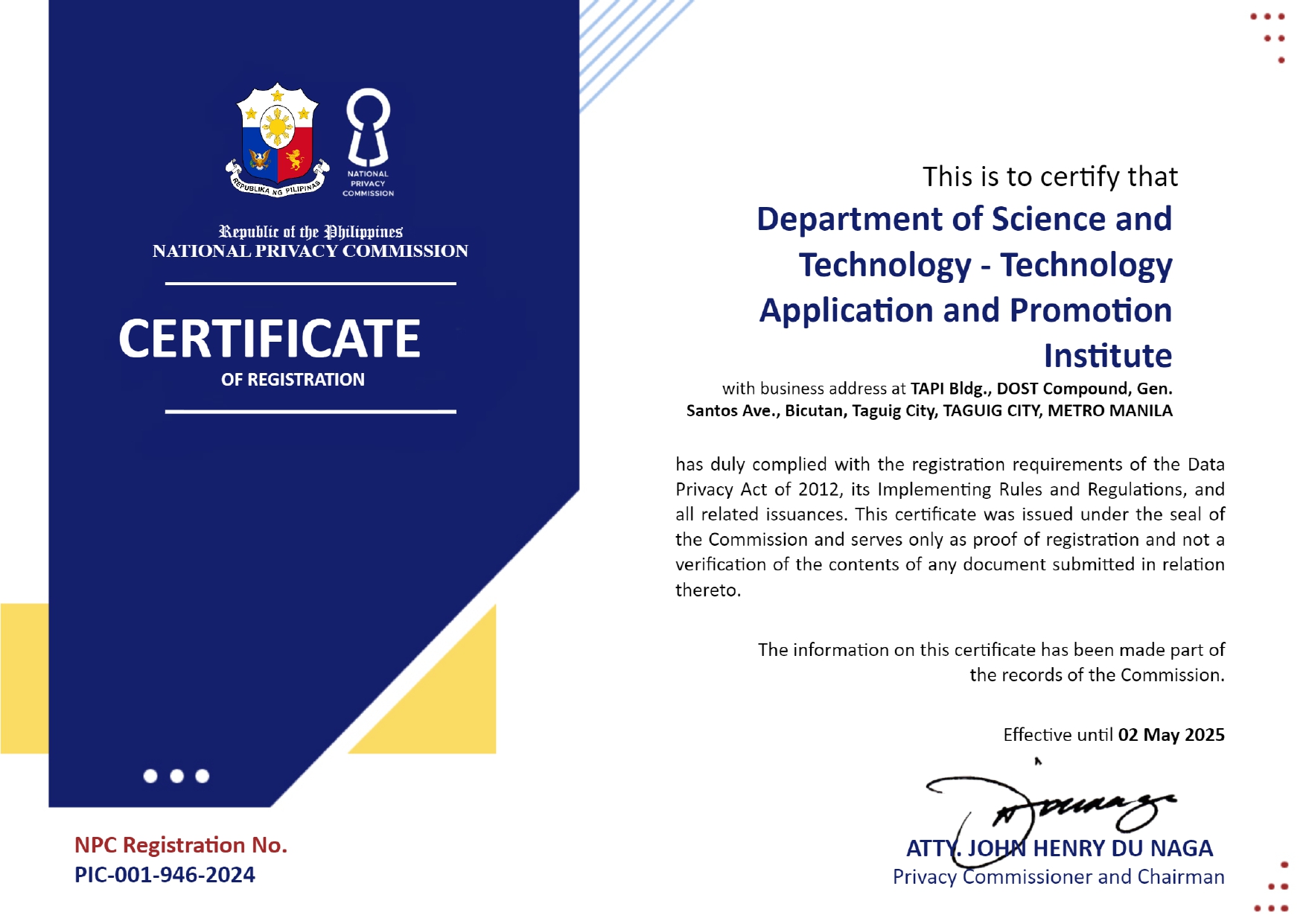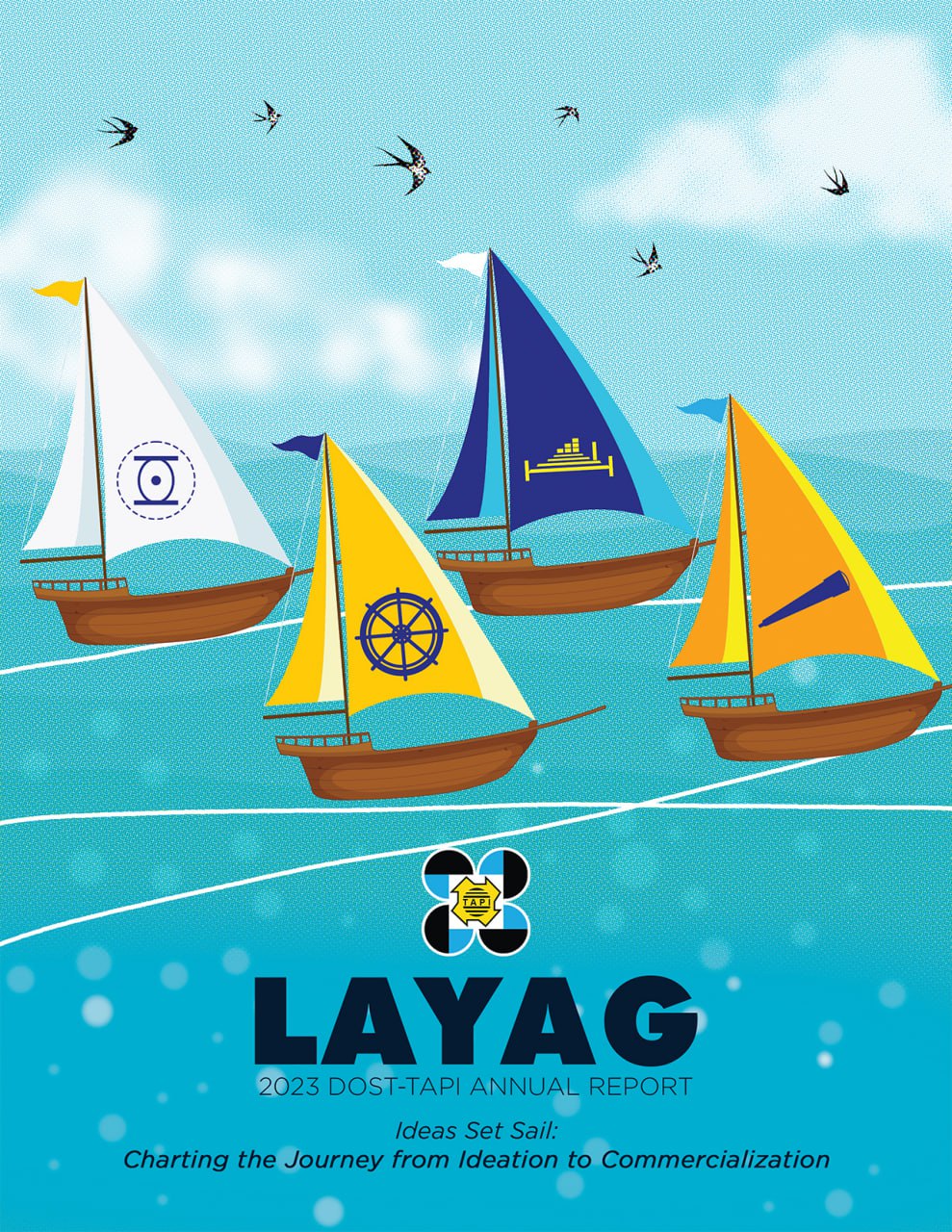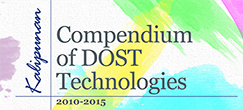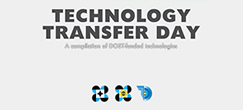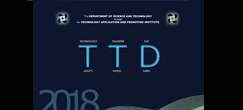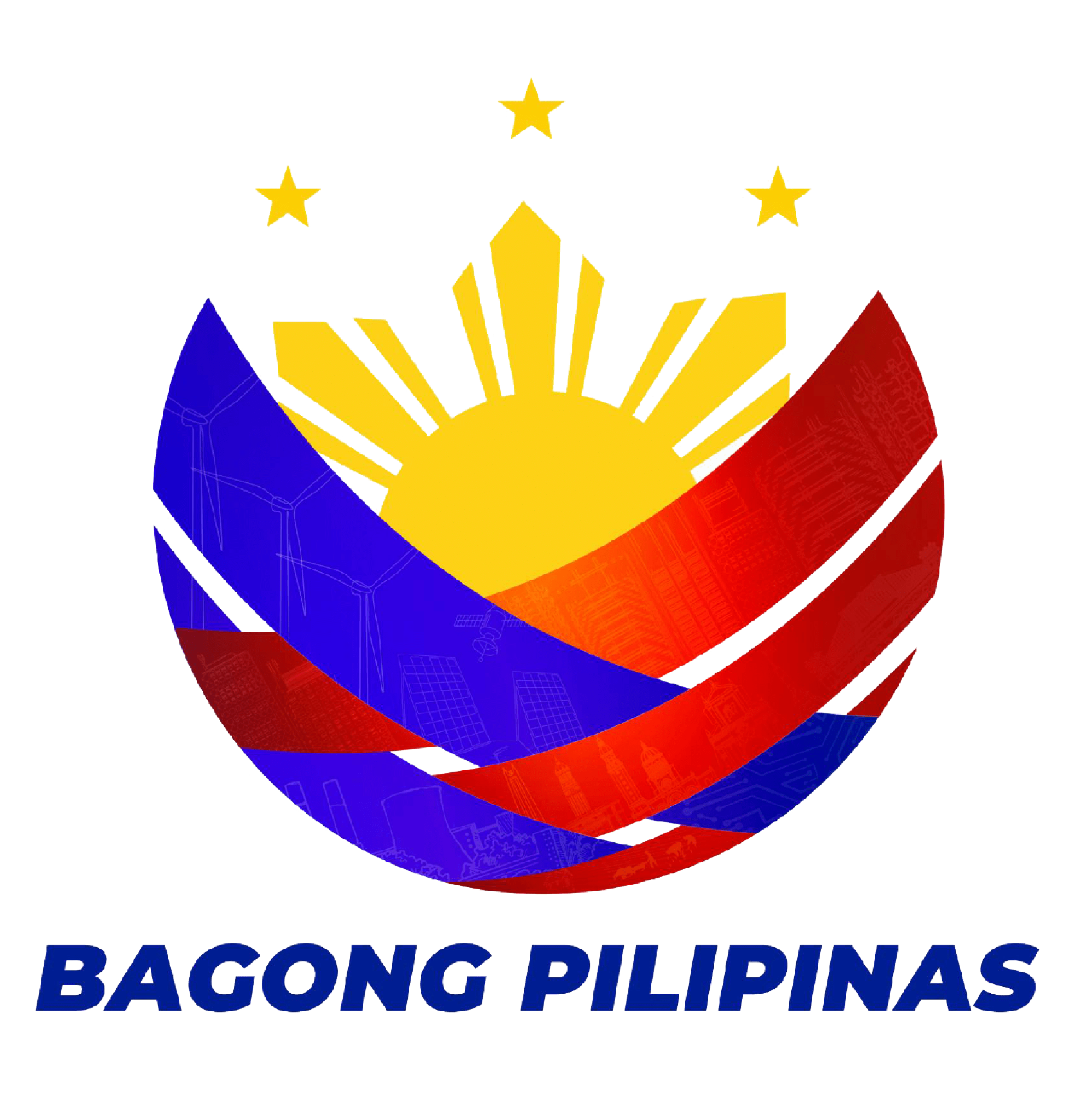- Details
By Matt Jerome Casequin
In the buzzing laboratories of the Department of Science and Technology - Philippine Textile Research Institute (DOST-PTRI), a group of visionary minds led by Mr. Ronald Pechera, Mr. Karl Marx Lennin Florante, Mr. Emmanuel Victor Buniao, Mr. Noriel Sorsone, Mr. Jenneli Caya, and Dr. Julius Leaño, Jr. has embarked on a journey to reshape the textile industry. Their Invention? The Lyocell with Natural Fiber-Blended Yarns, a sustainable substitute aims to transform the way we think about textiles.
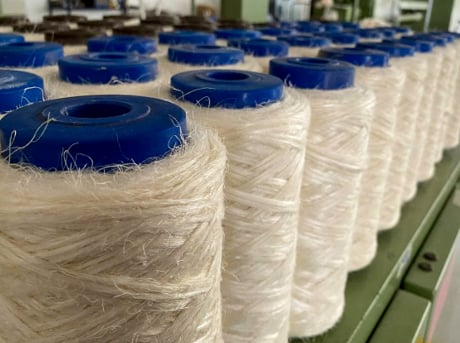
Photo Courtesy: DOST-Philippine Textile Research Institute
The European Parliament has published an article on the environmental impact of textile production and waste. According to the article, it takes a significant amount of water and land to grow cotton and other fibers used in textile production. An estimated 2,700 liters of fresh water are required to produce a single cotton t-shirt, which is equivalent to the amount of drinking water one person would need for 2.5 years.
- Details
By Matt Jerome Casequin
In today's rapidly evolving world, where sustainability and environmental consciousness reign supreme, a groundbreaking innovation emerges, promising to revolutionize the textile industry. Introducing the Spinnable Lignocellulosic Bamboo Textile from Bambusa philippinensis, a true game-changer crafted by the ingenious minds at the Philippine Textile Research Institute (PTRI), under the Department of Science and Technology (DOST). Spearheaded by inventors Jared Vincent Lacaran, Josanelle Angela Bilo, and Dr. Julius Leaño, Jr., this innovation represents a significant leap toward sustainable and eco-friendly textile production.

(Bamboo Textile) Photo Courtesy: DOST- Philippine Textile Research Institute
According to the Spring Open’s journal on Bamboo as a renewable textile fiber, Bamboo plants are found in almost all parts of the world except those places having extremely cold climates like Europe though some species can be successfully introduced in mild temperate zones, making it more accessible to the textile industry globally.
The Technology

